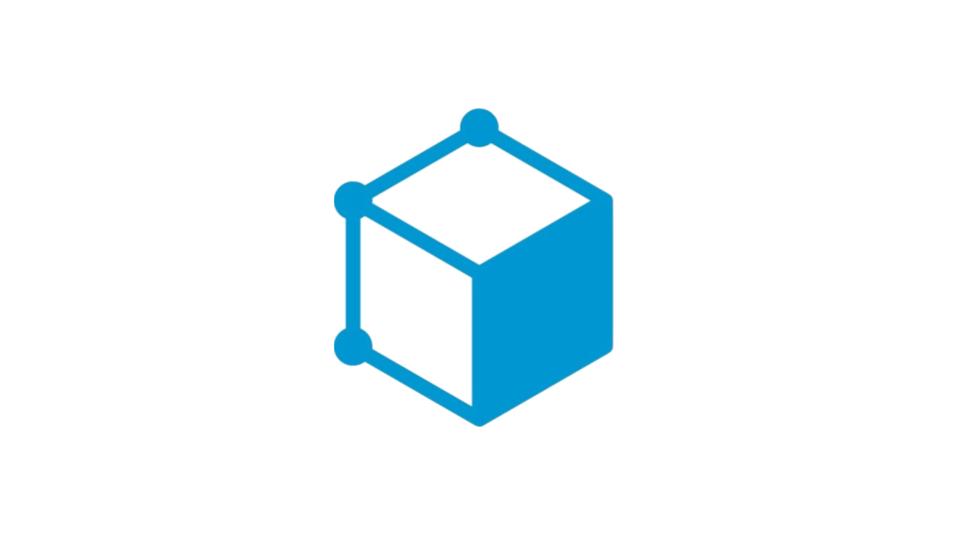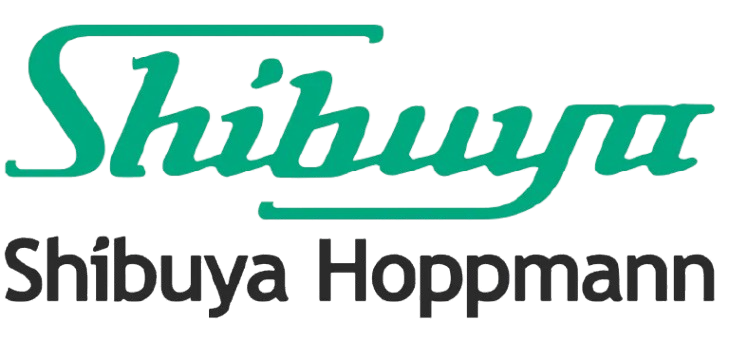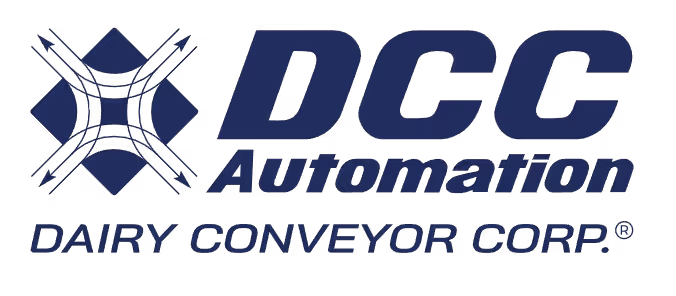.svg)
Before
Due to the nature of the products, there are cases where design documents from 20 years ago are needed, but it often takes time to find these materials because the original designers are no longer available, presenting a long-standing challenge in how to preserve and pass down documentation and technology.
.svg)
After
By making it a habit to first search in CADDi Drawer when looking for drawings, employees can quickly find the necessary documents and proactively resolve questions, leading to efficiency gains equivalent to one full-time worker per month.
20-Year-Old Design Drawings Sometimes Needed: A Long-Standing Challenge of Passing Down Documentation and Technology
In June 2024, Toa DKK completed the construction of a new facility named the "Sayama Integration Center." This facility is a manifestation of the company's vision for the future.
As a comprehensive measuring instrument manufacturer, the company manufactures and sells measuring instruments in the fields of "water, air, medical, and gas." In 2024, the company will celebrate its 80th anniversary.
The "Integration" in the name "Sayama Integration Center" symbolizes the company's aim for the "integration of development and production." The design department, in particular, plays a crucial role, not only in development but also in directly connecting with production, making it an essential part of the company's manufacturing process.
Regarding the company's direction toward integration, Mr. Kudo, who was the design department manager at the time, had the following thoughts:
"The core of the design role is to 'make good things' in development, but it's not just about making them—it's important to consider how efficiently we can do so. I was thinking about how we could use past data to improve design efficiency."
The company handles environmental measuring instruments, which come with their own set of challenges typical of industrial equipment.
"Industrial equipment tends to have a relatively long lifecycle of 10 to 20 years, meaning that many customers still use equipment designed 20 years ago, and it requires maintenance. However, the designers from that time are no longer with us, and it often takes a long time to find the necessary documents. Therefore, how to preserve and pass down documentation and technology has been a long-standing challenge."
The company had already taken steps to address this, such as digitizing old hand-drawn drawings and storing them in a document management system. However, these efforts were primarily focused on "storage." Simply searching for a file name was not enough to access the truly needed information easily.
There were other challenges besides finding drawings. For instance, when designing products to customer specifications, new parts were often created each time, resulting in many similar parts being produced. Creating new designs from scratch naturally takes time, and the number of drawings increases, making management difficult. Although specifications were created for each part, they were not shared company-wide. If it had been possible to search for and find similar drawings before creating new ones, the work could have proceeded more efficiently.
"You could search for slight specification differences in similar products, but it wasn't possible to search for similar parts from completely different products. So, improving the searchability of drawings across a wide range was important. I also thought it would be very convenient if we could search not just by text but also by shape."
An Encounter at a Trade Show: Intrigued by the Words "Drawing Utilization Cloud" at an Exhibition Booth...
What initially sparked your interest in CADDi Drawer?
"The company had a challenge with standardizing parts, and there was a desire to search by shape to avoid increasing the number of parts. Initially, we were thinking of using it in the design department to search by shape during CAD design. However, as we researched further, we learned about tools that allow shape searches within the drawings themselves. CAD can only be used by designers, limiting its usage scope. As we explored further into drawing searches, we encountered CADDi Drawer."
The first encounter was at a trade show, where the words "Drawing Utilization Cloud" at an exhibition booth caught the eye. After watching a demonstration and listening to explanations of the features, it was clear that "this could do what we wanted." Moreover, adding functions to the existing CAD system required a new infrastructure, but the cloud-based CADDi Drawer could be implemented without significant time or cost. It seemed like the perfect solution.
"The design section manager, who was also considering the implementation, said, 'This is the one.' We compared adding functions to CAD versus using CADDi's drawing management, and in the end, the ability to utilize past, non-3D drawings and the ease of use for those actually using it were the deciding factors."
- Mr. Kudo, Design Department Manager
Even after the decision to implement, challenges persisted. The most time-consuming part was determining which data within the company should be imported into CADDi Drawer and organizing the data. Deciding what data to include and how to use it took more time than anticipated.
"There was a massive amount of past drawings. Should we import them all, or set criteria and register only specific data? Should we include quality data or circuit diagrams? With so much to consider, it was hard to know where to start. But during such times, Mr. Ide from CADDi provided a lot of advice, and eventually, we returned to the primary purpose and determined the scope of registration, deciding to start here. Mr. Ide consistently followed up with us after we decided to implement, frequently checking in, asking, 'How is the drawing registration going?' and 'Are you using it every day?' This persistence helped build momentum within the company to use the system. Persistence really pays off (laughs). Now, we use CADDi Drawer enthusiastically, wanting to respond to Mr. Ide's passion."
The Biggest Benefit of Implementing CADDi Drawer: Accelerating the Growth of Young Employees
What has been the most noticeable effect of CADDi Drawer implementation?
"The fact that something always comes up when searching for drawings is a big change. Previously, people would ask their predecessors or veterans for answers, but now they themselves can search, compare differences, and make educated guesses on what to do. Young employees can work independently, accelerating their growth, and what used to take over 30 minutes to find now takes less than a minute, leading to increased work efficiency."
Searching by part name, model, or material usually yields results. Even if specific names aren't known, the similar search feature often helps find relevant reference drawings, even at a vague level. Moreover, custom products often have many similar drawings with minor differences, like varying lengths or hole placements. In such cases, the similar search feature helps narrow down the options.
Eight months after implementation, Mr. Ono, who joined the company seven years ago, is the most proficient user.
"I've developed the habit of searching Drawer before starting any design work. If it's not in Drawer, I consider it not to exist. On days when I'm working on design, I'm using Drawer all day. "
"When I encounter a question during design, I used to ask a veteran, but now I search in Drawer to find out the best process to avoid mistakes. It's faster than asking, and I understand better because I find the answers myself."
- Mr. Ono, TOA-DKK Corporation Team Member
Currently, no one in the company uses the system more proficiently than Mr. Ono. The company plans to analyze his search methods and establish a system where more employees can use CADDi Drawer to efficiently find the necessary drawings without any loss. Mr. Hashiba, from the same department, is also using the system to develop training programs for new employees, with younger employees rapidly discovering new ways to utilize the system.
The words from Mr. Kudo at the beginning, "It's not just about making things, but about how efficiently we make them," resonate deeply. It's not just about saving time; young employees taking the initiative and starting to make an impact signifies the first step in the reform of drawing utilization and the beginning of integration for Toa DKK.
Six Months After Implementation: Steady Results and Expansion Toward New Benefits
Six months have passed since the implementation of CADDi Drawer, and its effects are already visible.
"We've seen a reduction equivalent to one full-time worker per month."
- Mr. Kudo, Design Department Manager
"With the reduction in time and labor for drawing searches, we've been able to secure more time for each employee, and overall, we've seen a reduction equivalent to one full-time worker per month. Six months after implementation, it's being used not only in the design department but also in the procurement department. Additionally, the department responsible for developing specifications for applied design has started searching for similar drawings before requesting new designs. They have also found that they don't need to request new designs as often or have found drawings that can serve as a reference, leading to effective utilization."
The company's vision of "integration" is gradually taking shape, though Mr. Kudo feels there is still more to be done.
"Focusing solely on shortening individual tasks won't bring us closer to the 'integration' the company aims for. When different departments view the same data, shortening one task increases the number of tasks that can be carried out in parallel. If we can achieve multiplicative rather than additive improvements in work efficiency, the effects will be greater, and we will be closer to achieving our goals. To that end, I think we need to spend more time as a company considering what information we can share based on drawings."
Toa DKK's vision of "integration" is gradually becoming a reality, step by step, through the extensive use of CADDi Drawer and the company's drawings.
Ready to see CADDi Drawer in action? Get a personalized demo.

Take this case study on-the-go
.png)
.svg)



.svg)
.svg)
.svg)



























.png)



%201.svg)
%202.svg)
.png)

